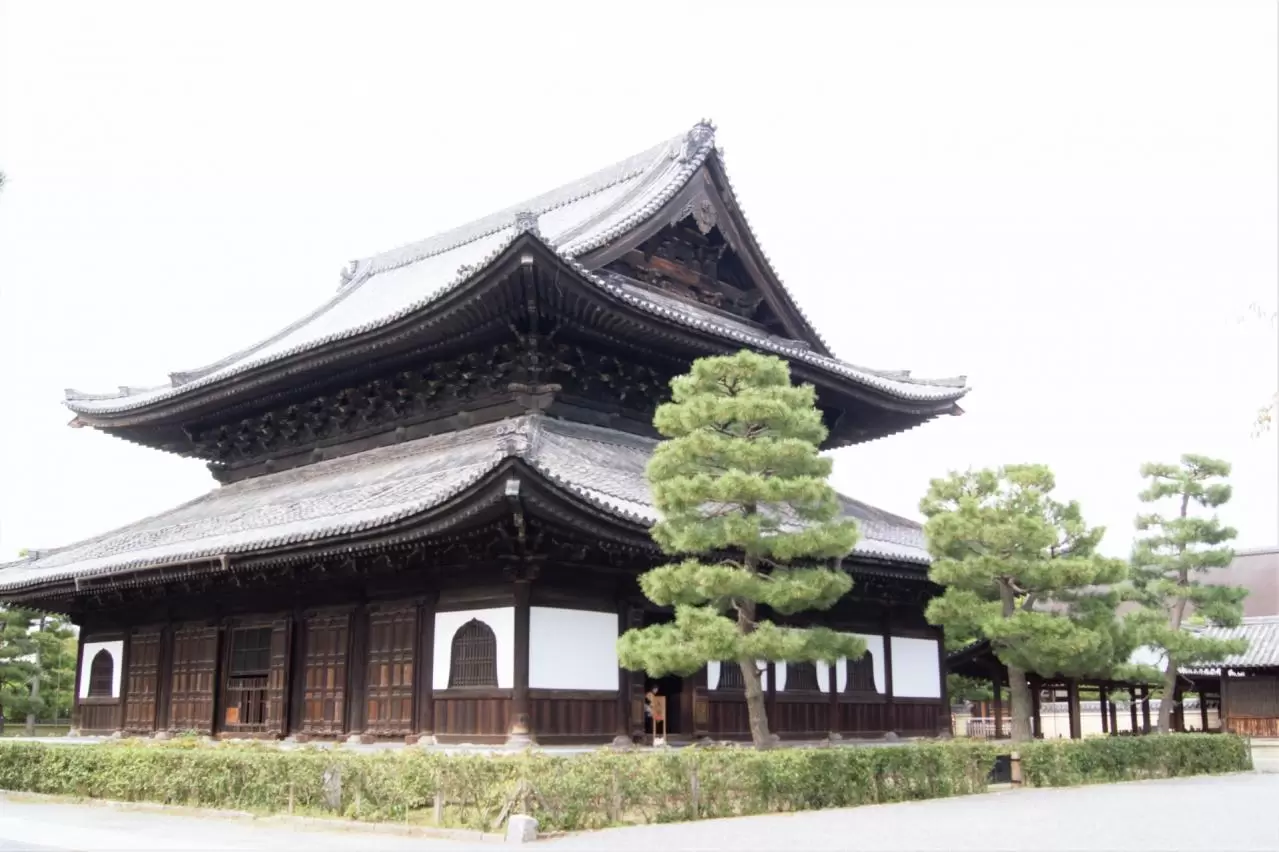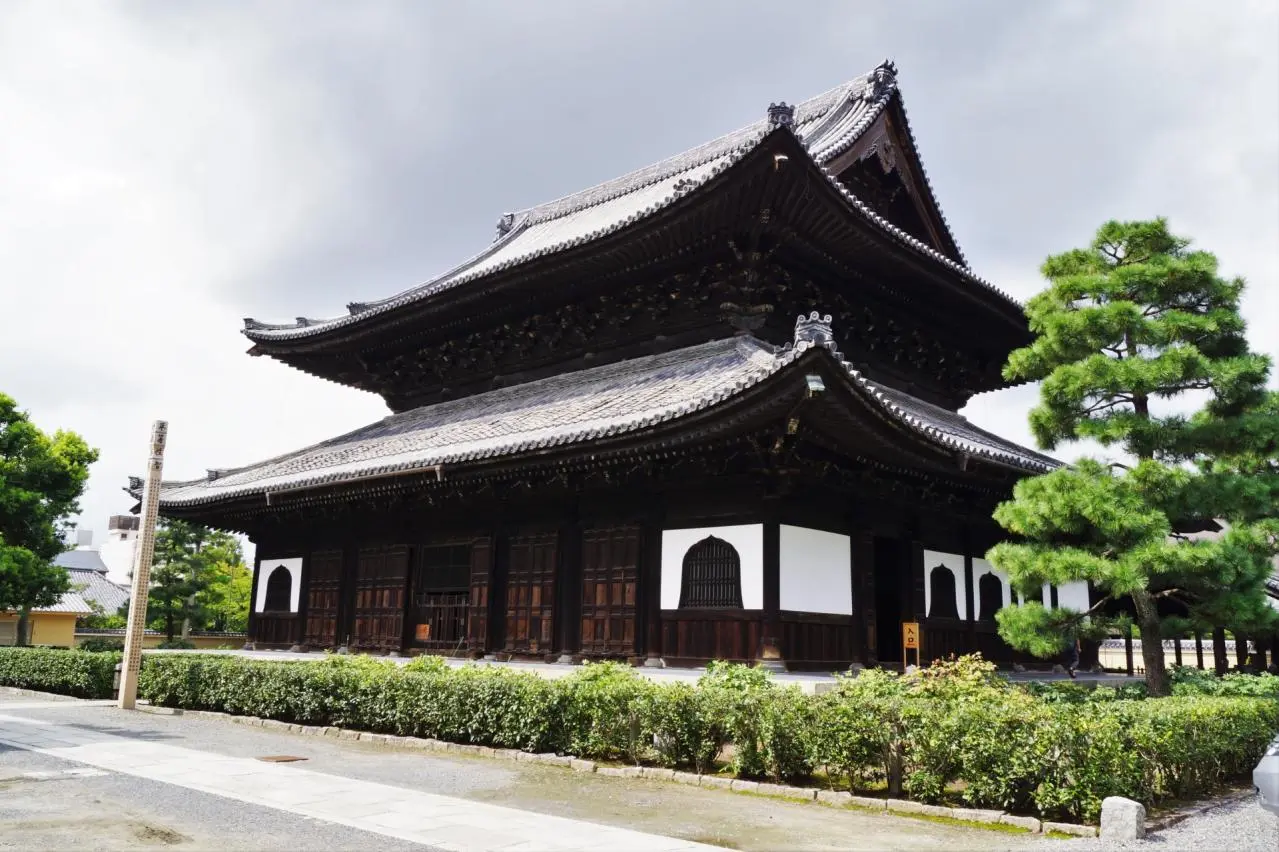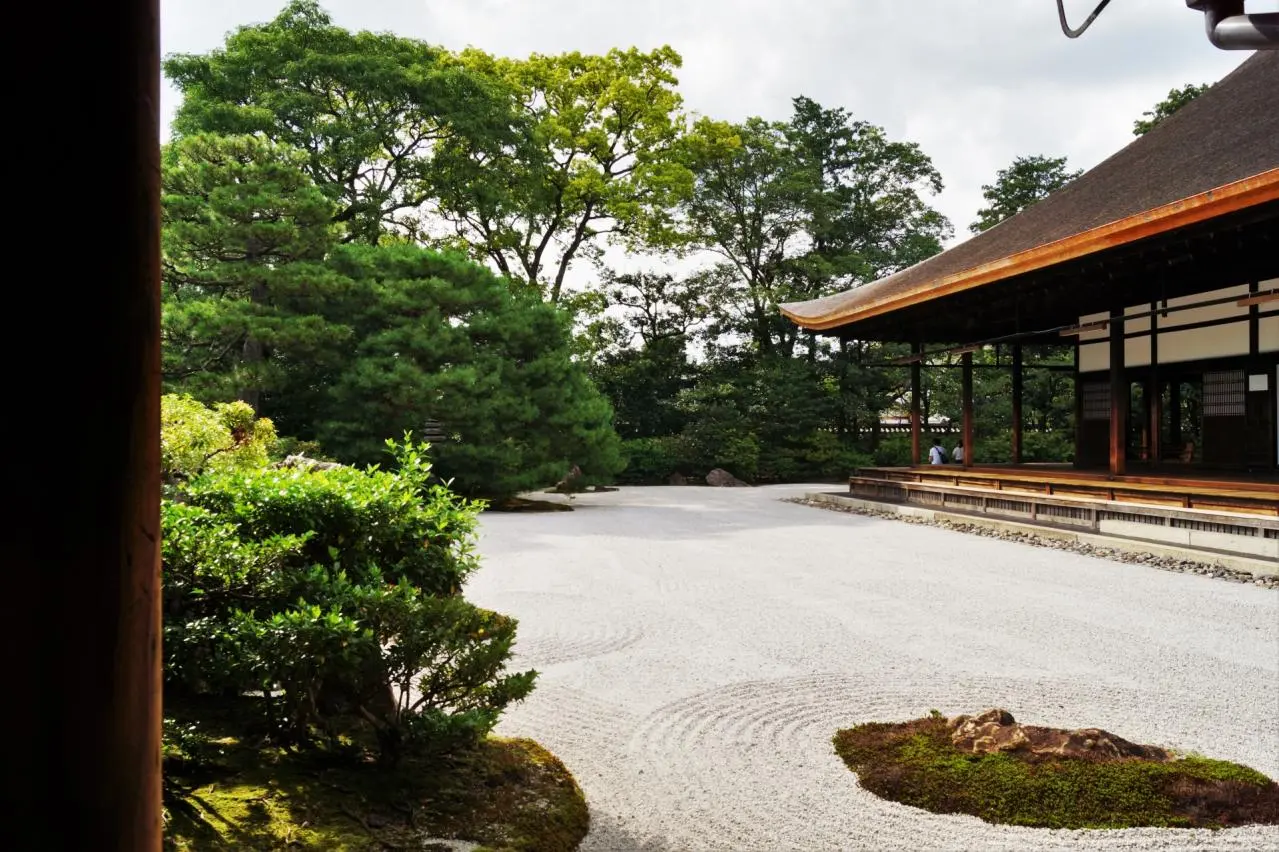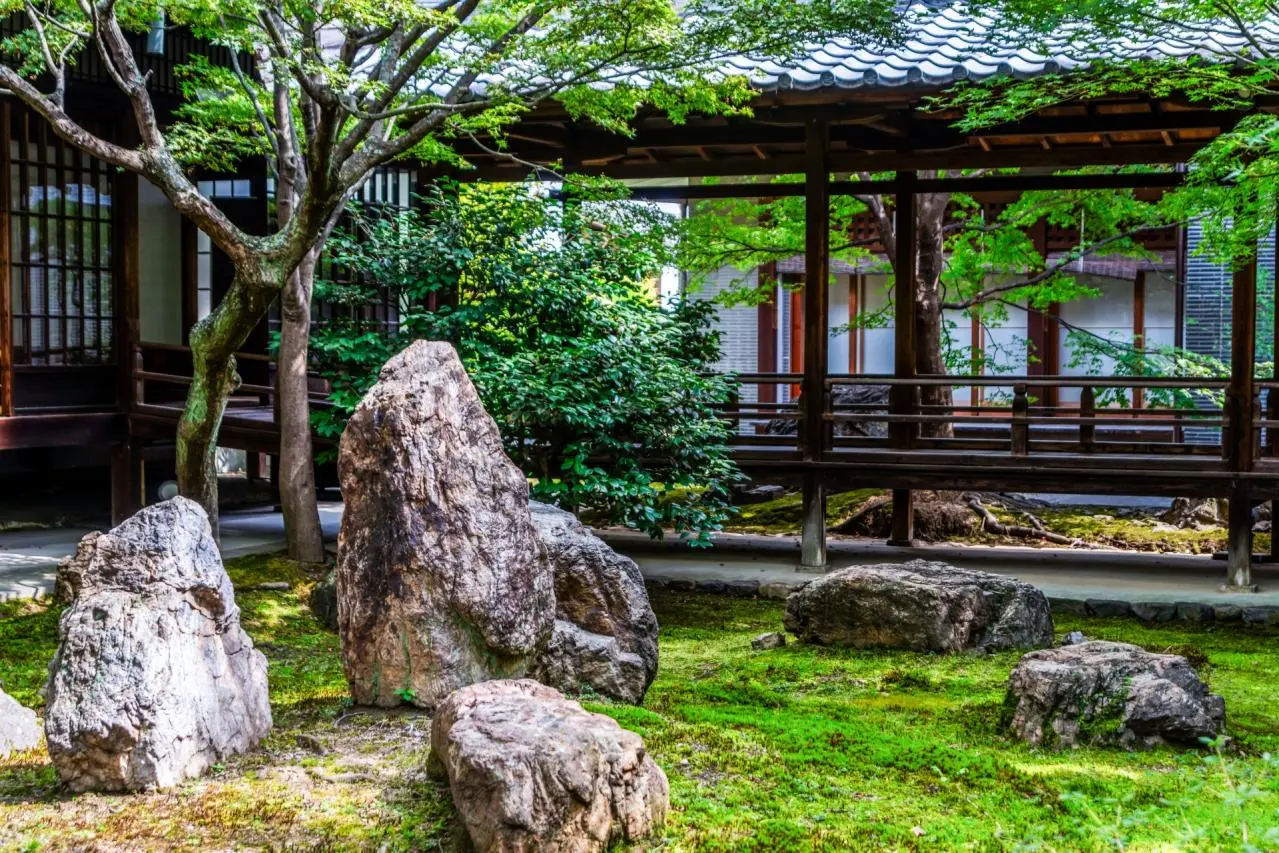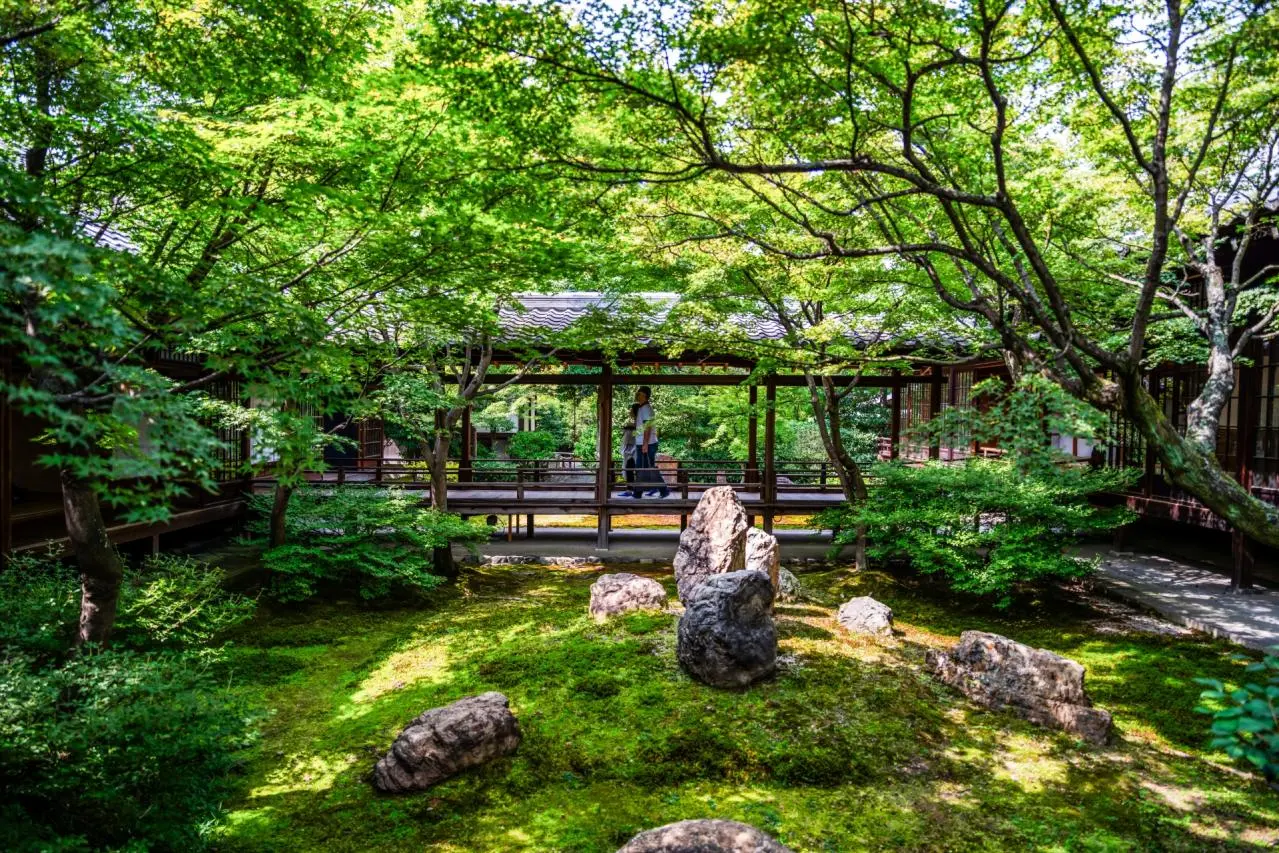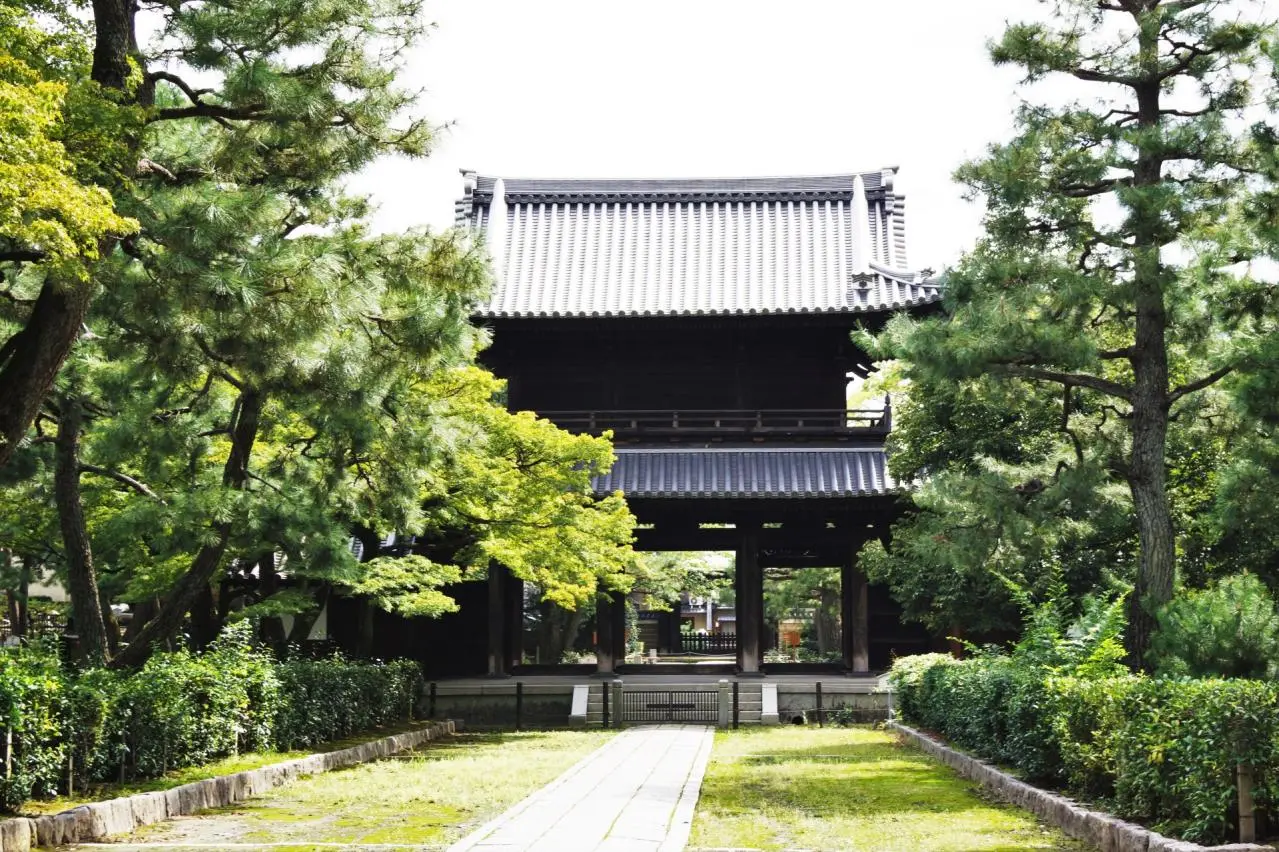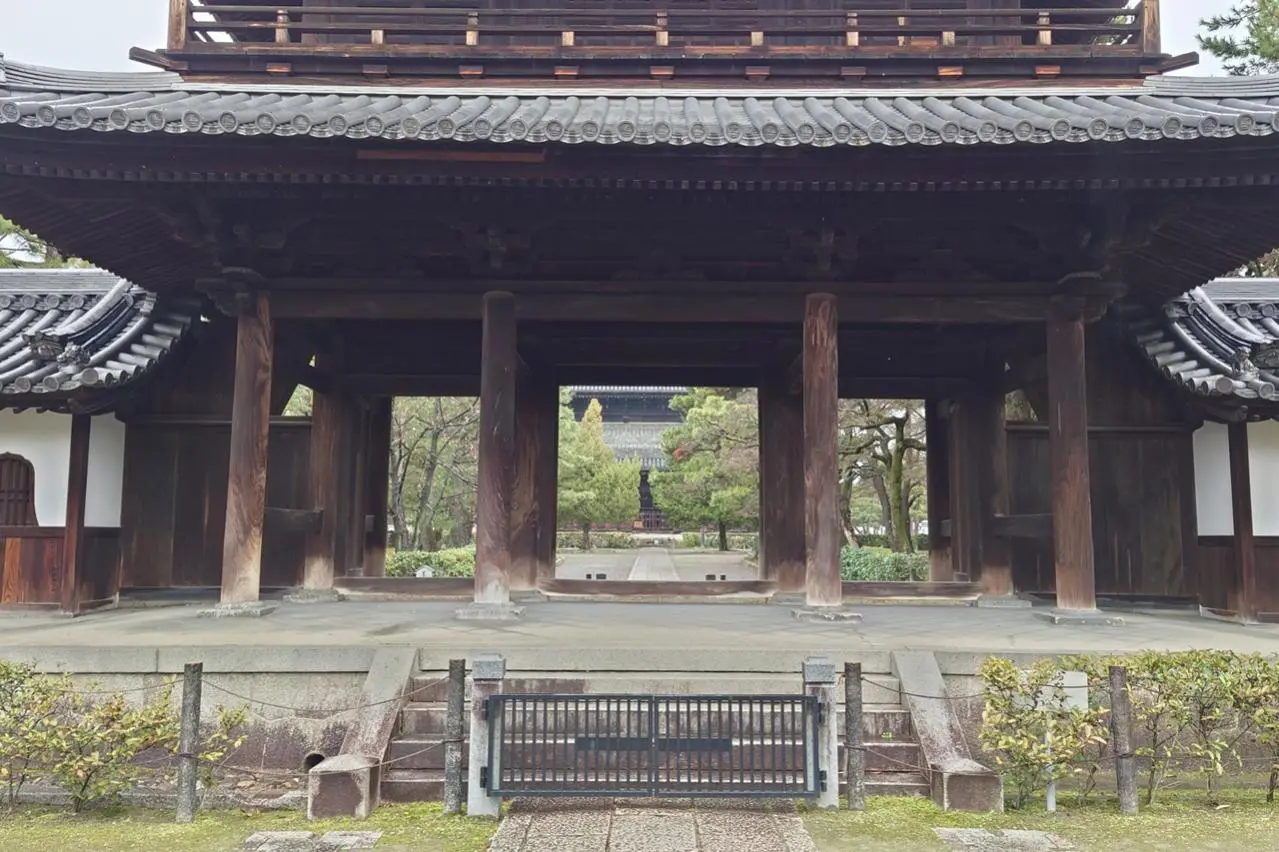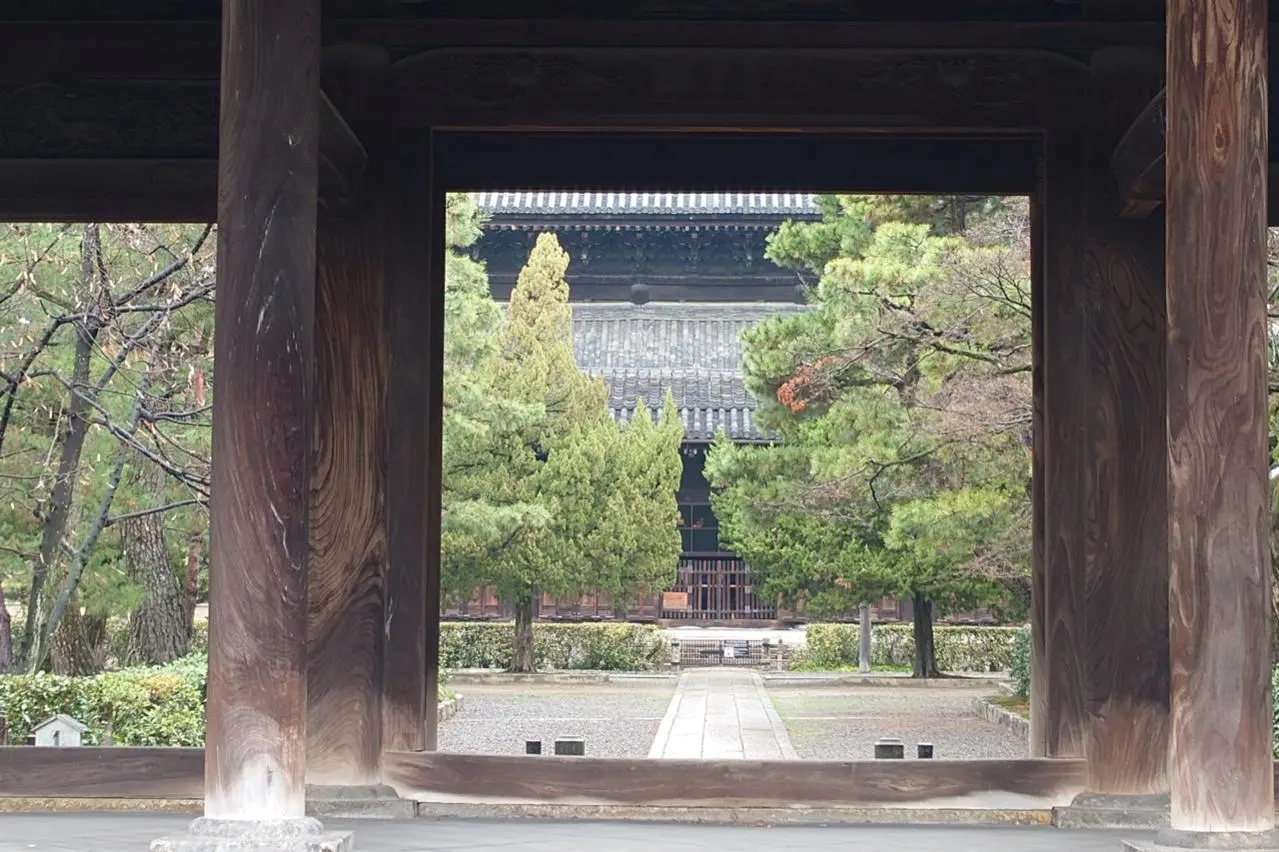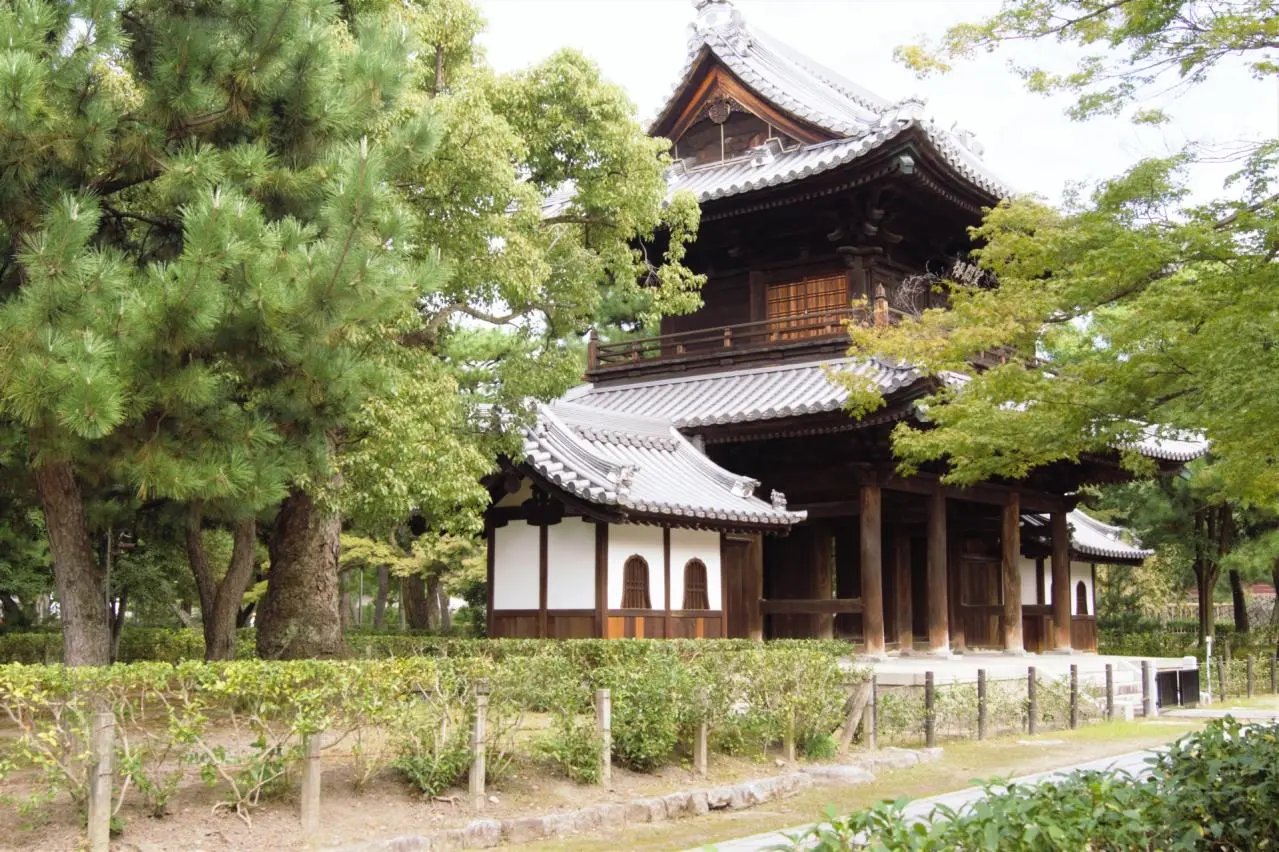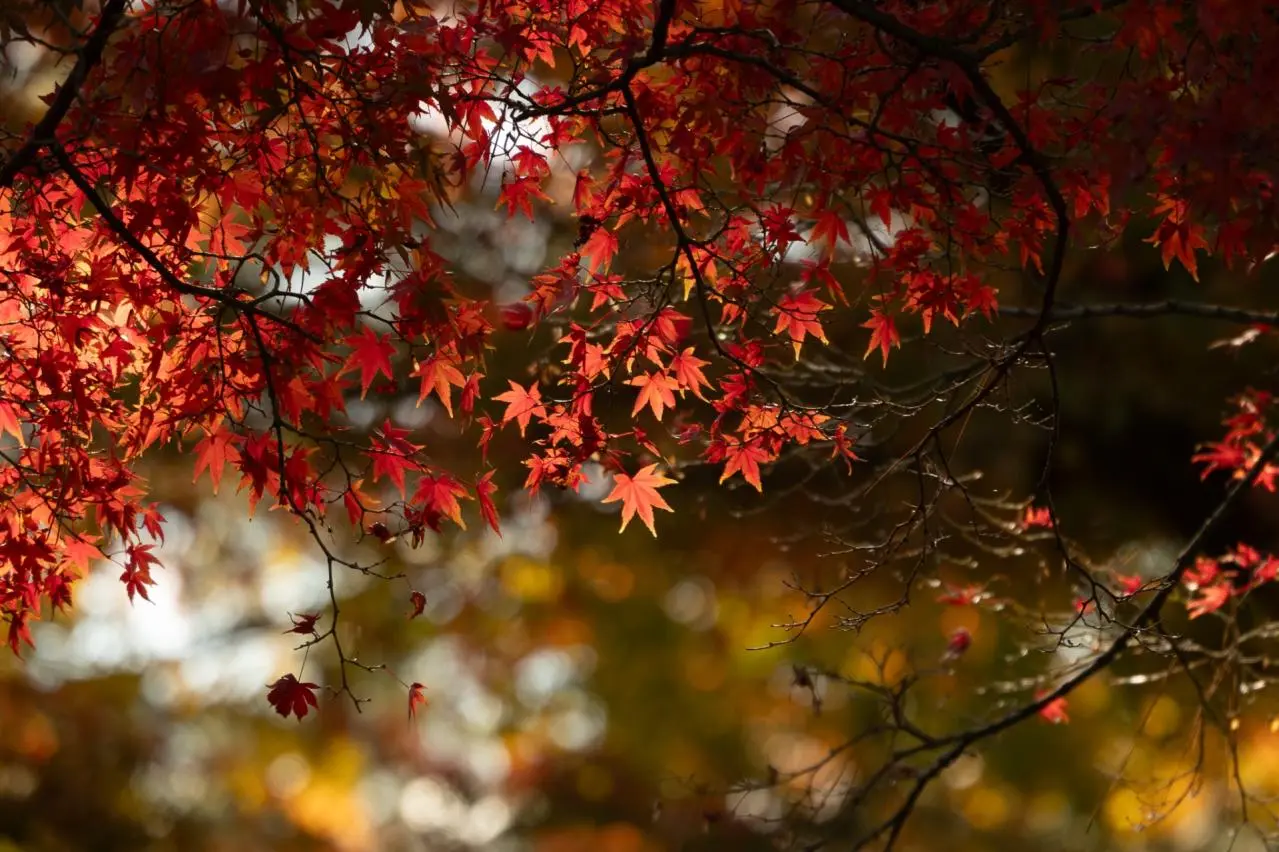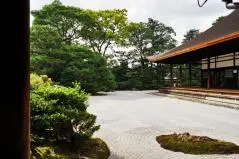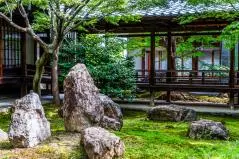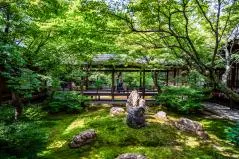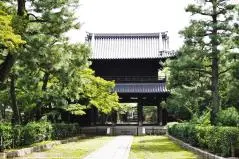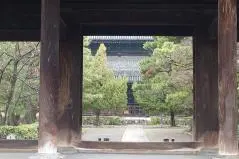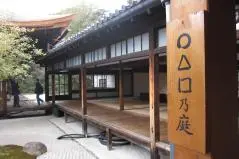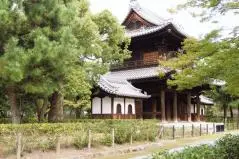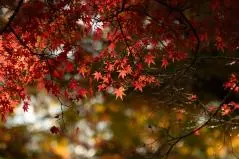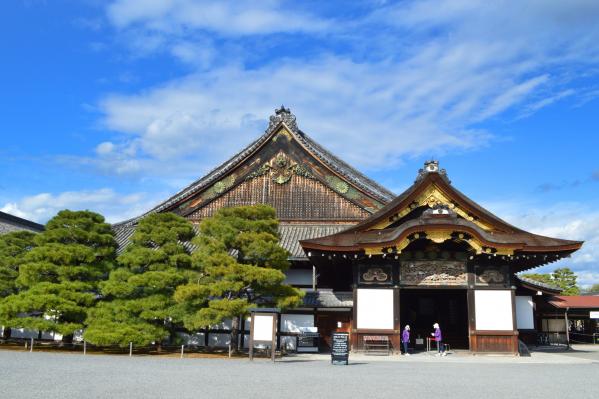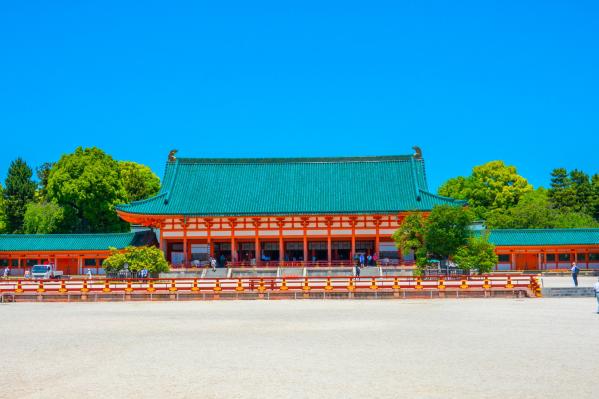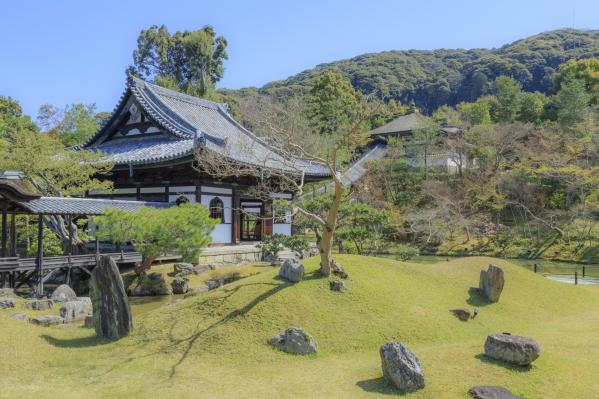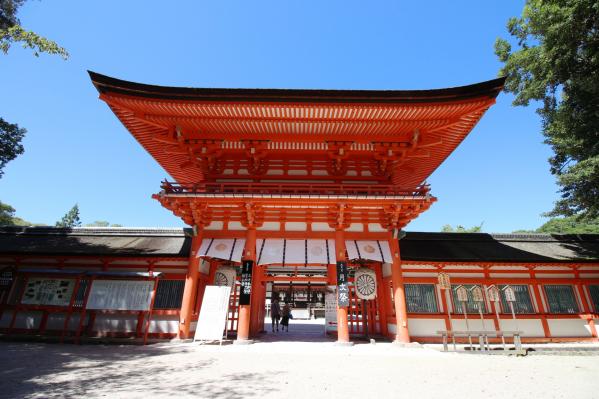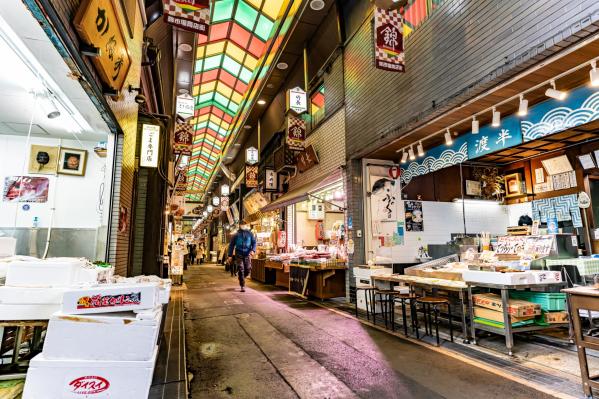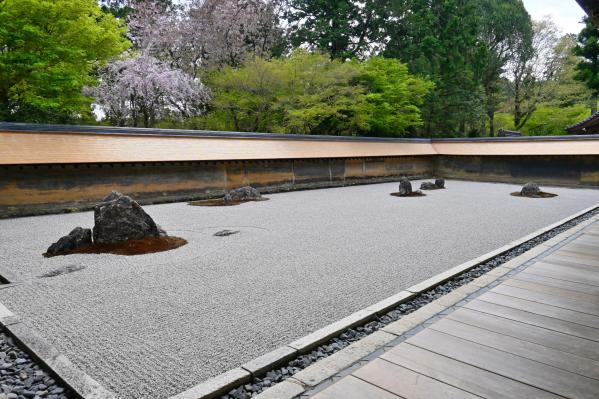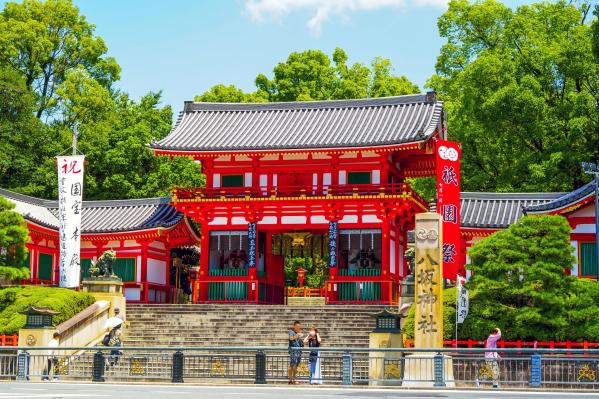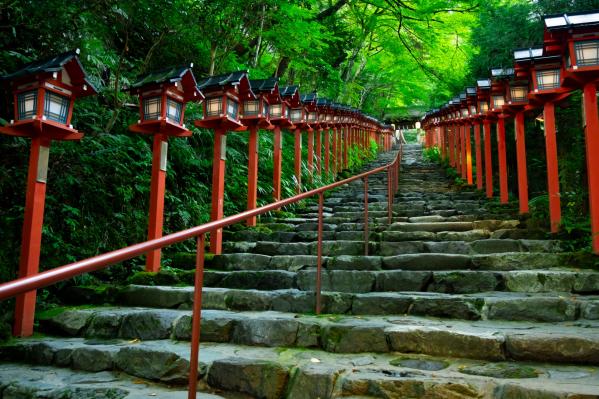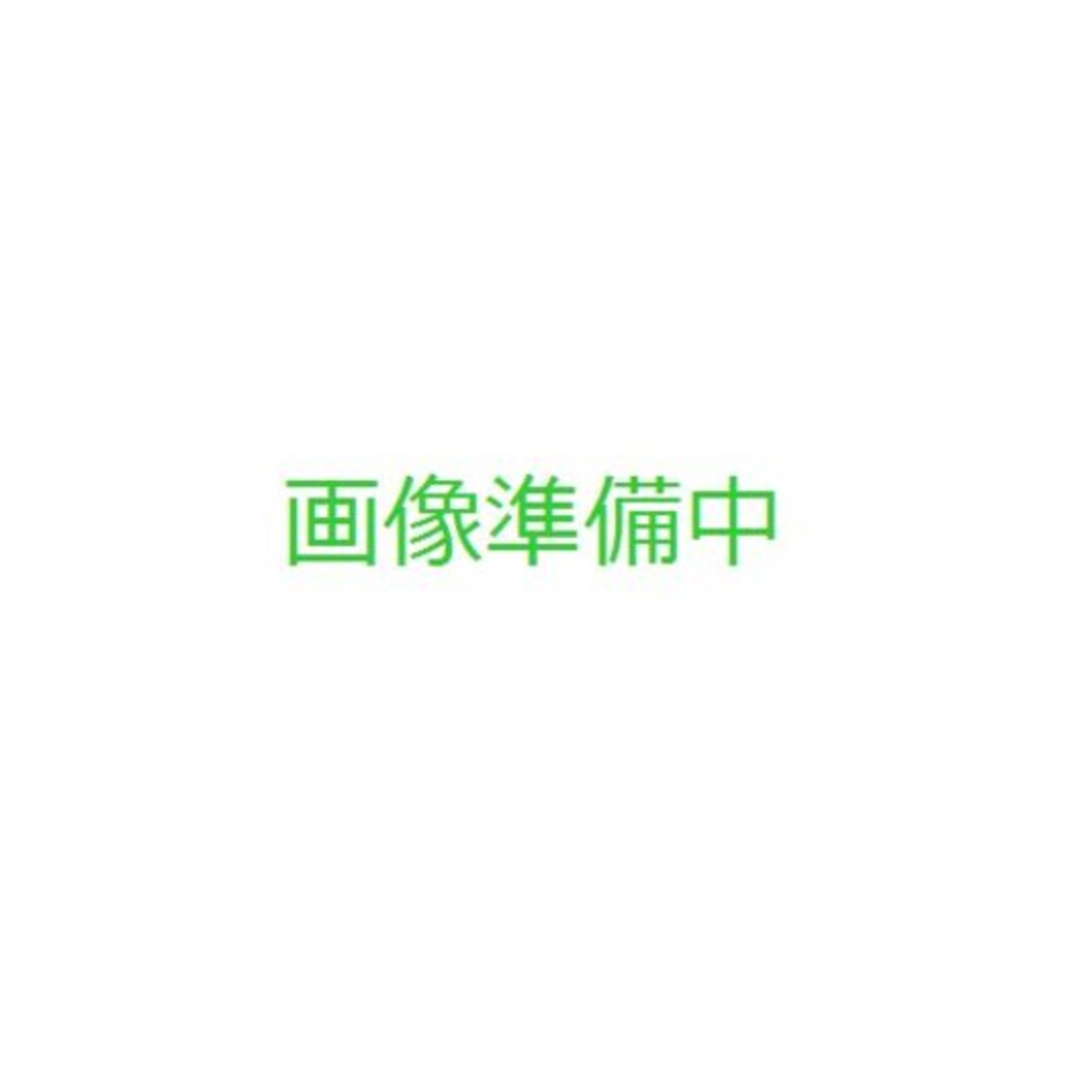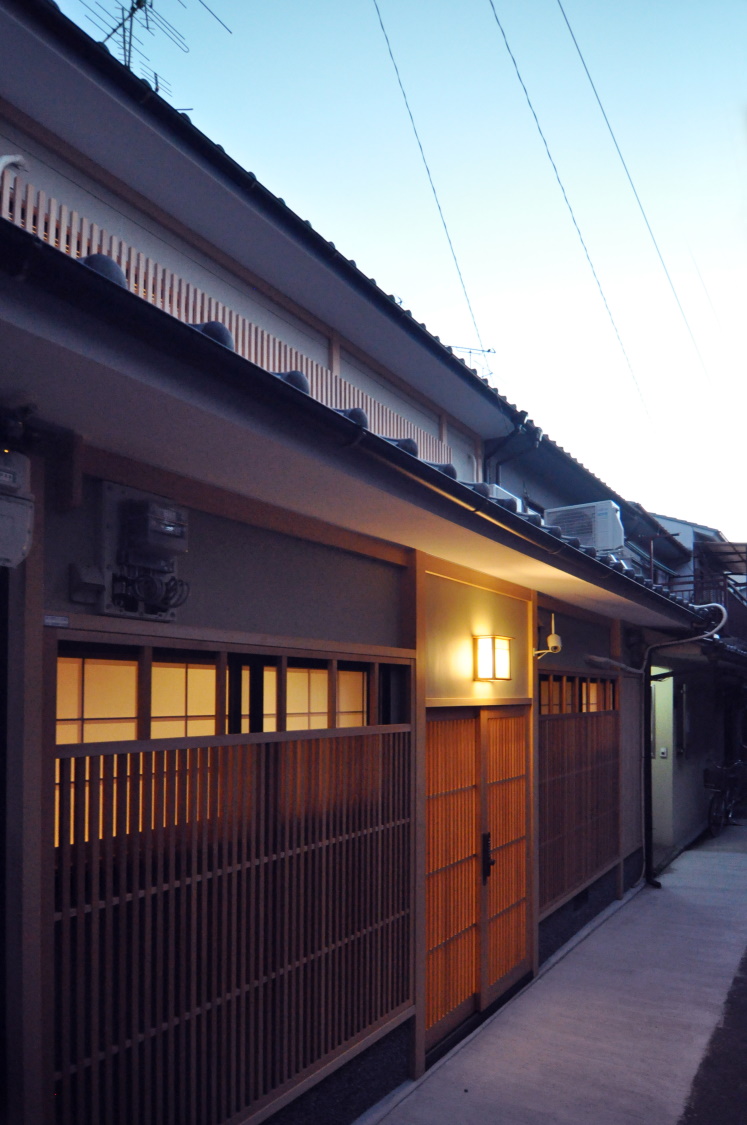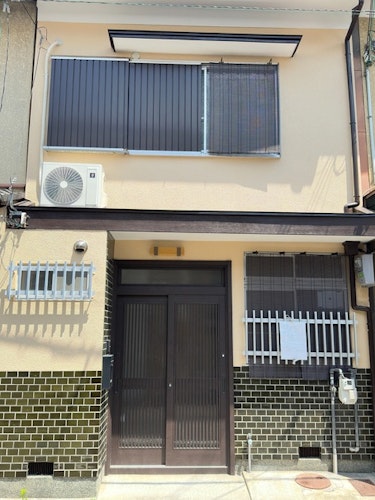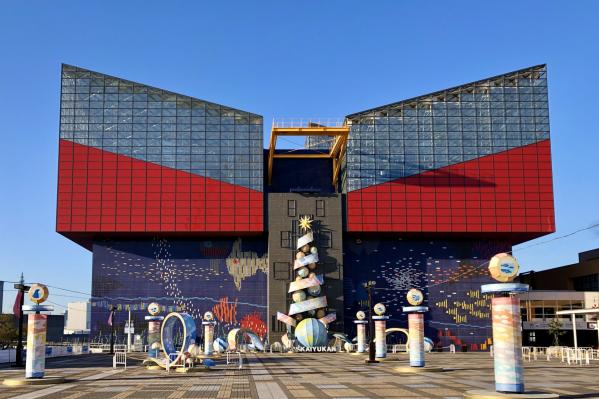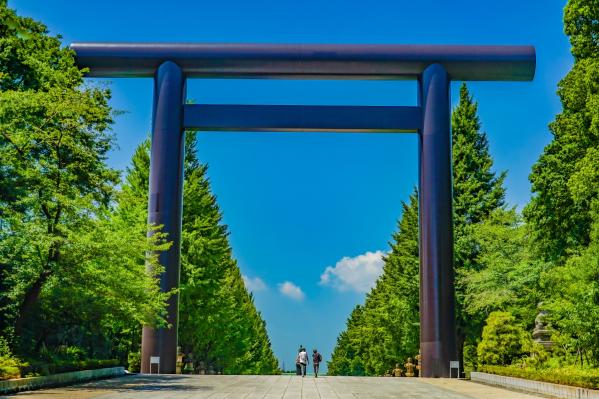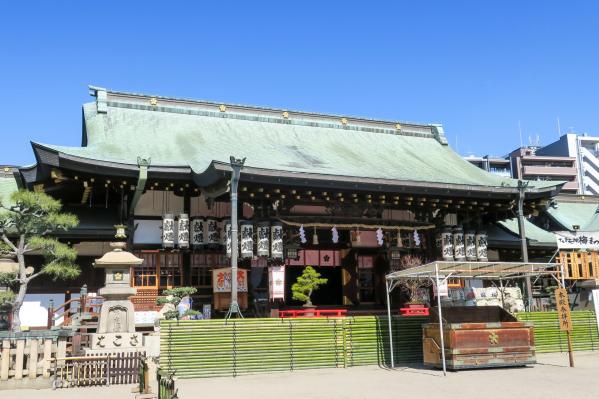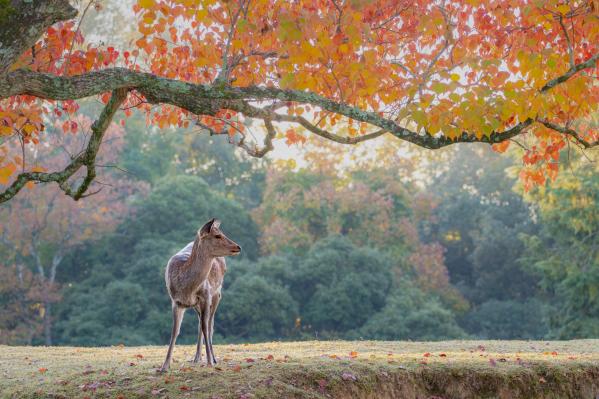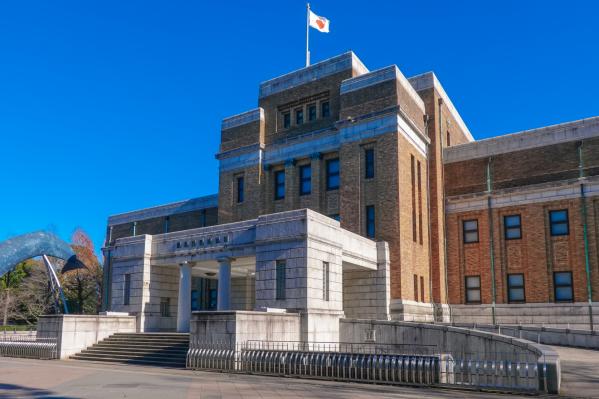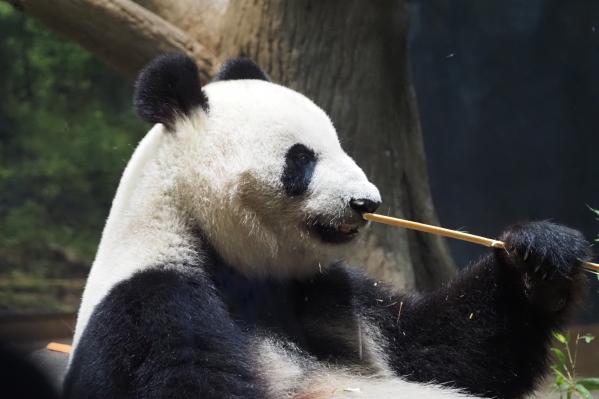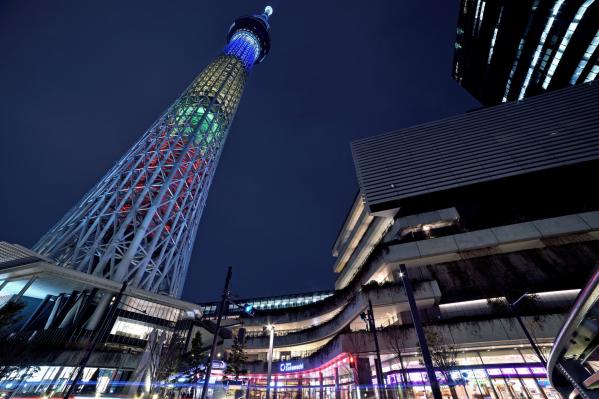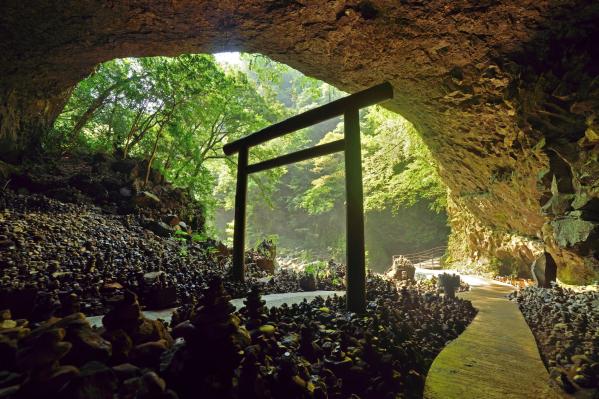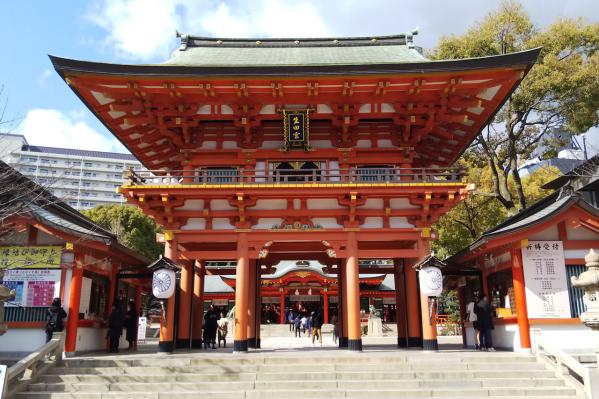Kenninji Temple
Basic Information
- Spot Name
- Kenninji Temple
- Location
- 〒605-0811 584 Komatsu-cho, Shimonagarudori, Shijo, Higashiyama Ward, Kyoto City, Kyoto Prefecture, Japan
- Access
- 7-minute walk from Gion-Shijo Station on the Keihan Main Line.
- Parking
- Parking available for 43 regular cars.
- Business Hours
- 10:00 AM to 4:30 PM (last entry at 5:00 PM), from November to February until 4:00 PM (last entry at 4:30 PM)
- Regular Holiday
- Closed from April 19 to April 20, June 4 to June 5, and on other days due to memorial services.
- Fees
- Admission to the temple grounds is free. The fee for Hōjō and Hattō is 800 yen.
- Contact Information
- Phone Number:075-561-6363
- Official Website
Map
Detailed Information
Kenin-ji Temple, located in Higashiyama Ward, Kyoto, is the main temple of the Rinzai sect of Zen Buddhism and is known as the oldest Zen temple in Kyoto. Founded in 1202 during the Kenin era by Zen Master Eisai, who returned from Song China, the temple was established after the second shogun of the Kamakura shogunate, Minamoto no Yoriie, donated the land.
At its founding, Kenin-ji served as a training hall for Zen, Tendai, and Esoteric Buddhism, flexibly adapting to the religious landscape of the time. Later, in 1258, Enni Ben’en, the founder of Tofuku-ji Temple, temporarily entered the temple and worked on its revival, and it is said that in 1259, the Song-era Zen monk Ranke Doryu, also the founder of Kencho-ji Temple, stayed there temporarily. Through this evolution, Kenin-ji gradually established itself as a pure Zen dojo, strictly adhering to Zen practices and regulations.
During the Muromachi period, the Muromachi shogunate established the "Kyoto Gozan" system, modeled after Chinese institutions, ranking Kenin-ji as the third temple, receiving strong support from the shogunate, and thriving significantly. However, many of its structures were destroyed due to wars and recurrent fires, particularly suffering massive damage during a great fire in the mid-16th century.
In the 4th year of the Keicho era (1599), the reconstruction began with the relocation of the Hōjō from Ankokuji Temple in Aki, and during the Edo period, various halls were developed under the protection of the Tokugawa shogunate, establishing systems and scholarship. In the Meiji period, due to government religious policies, it became independent as the Rinzai sect of Kenin-ji and served as the head temple of that sect. The influence of the destruction of Buddhism also led to the consolidation of sub-temples, shrinking the temple grounds to about half its original size.
The layout of Kenin-ji’s temple complex is a typical Zen temple structure where the main gate, the Sanmon, and the Hōdō are aligned in a straight line with the Chokushi-mon serving as the front gate, which is a four-legged gate with a copper roof and gabled style, designated as an Important Cultural Property of the nation. It is also referred to as the "Arrowroot Gate" or "Yatate-mon" due to the battle scars found on the gateposts and doors.
The Hōdō was rebuilt in 1765 and is a single-story Buddhist hall with five ken by four ken, featuring an elegant design with a shōgai (a raised platform). The ceiling is adorned with a colossal "Twin Dragons" mural painted by artist Junzaku Koizumi in 2002, commemorating the 800th anniversary of the temple’s founding. This striking ceiling painting spans the size of 108 tatami mats and overwhelms visitors with its grandeur.
The Hōjō, located to the north, was relocated from Ankokuji Temple and is an Important Cultural Property that retains many characteristics of the Momoyama period. The interior features all 50 fusuma paintings by the artist Kaiba Yūshō, creating a majestic atmosphere. In front of the Hōjō, the Karesansui garden "Daiyūen," paved with white sand, evokes the tranquility of Zen and a refined aesthetic sensibility.
Additionally, high-precision reproductions of the National Treasure "Fūjin Raijin-zu Byōbu," attributed to the artist Sotatsu Tawaraya, are displayed in the main hall, allowing visitors to appreciate them alongside works by Kaiba Yūshō. The original pieces are entrusted to the Kyoto National Museum.
Culturally, the annual "Yotsukado Tea Ceremony" is held on April 20, coinciding with the birthday of the temple’s founder, Zen Master Eisai, who brought tea seeds back to Japan and popularized tea drinking. This ceremonial tea gathering follows the traditional "Yotsu-uchi" method and attracts many tea practitioners and visitors.
Moreover, every second Sunday morning, a Zazen experience called "Chiko-kai" occurs, where participants practice Zazen for two hours starting at 7:30 AM, followed by a Dharma talk, providing a precious opportunity for the general public to engage with Zen philosophy. Groups, such as school trips, can also participate through prior consultation.
The temple grounds feature 14 sub-temples, including the Reido-in, some of which are not open to the public, while certain sub-temples, gardens, and tea rooms are accessible. By exploring these, visitors can deepen their understanding of the multifaceted allure of Kenin-ji and the Zen worldview.
In this way, Kenin-ji Temple stands as one of Kyoto’s most distinguished temples, blending its history as Japan’s oldest Zen temple with diverse cultural elements such as architecture, painting, gardens, tea ceremony, and Zazen, offering a serene and dignified presence that deeply impresses and soothes all who visit.
Kenninji Temple Movies
Kyoto Tourist Attractions
View ListNijo Castle
Nijo Castle, originally built as a retreat for the Shogun, can be described as a place condensed with Japan’s history and culture. Constructed in 1603 by the first S...
Heian Shrine
Heian Shrine was established in 1895 to commemorate the 1100th anniversary of the relocation of the capital to Heian-kyo, with Emperor Kanmu as its deity. Located in...
Shimogamo Shrine (Kamo Mioya Shrine)
Shimogamo Shrine (officially known as Kamo Mioya Shrine) is located in the Sakyo Ward of Kyoto City and is registered as a World Heritage site as part of the "Cultur...
Nishiki Market
Nishiki Market is a historic marketplace located in the heart of Kyoto, which began as a fish wholesaler known as "Nishino-ten" during the Tensho period (about 400 y...
Yasaka Shrine
Yasaka Shrine, commonly known as "Gion-san," is widely cherished. This shrine is particularly significant as the head shrine of the approximately 2,300 Yasaka Shrine...
Kifune Shrine
Kifune Shrine is an ancient shrine located in Kibune, Sakyo Ward, Kyoto City, and it is the head shrine of about 500 Kifune Shrines nationwide, dedicated to Takao Ka...
